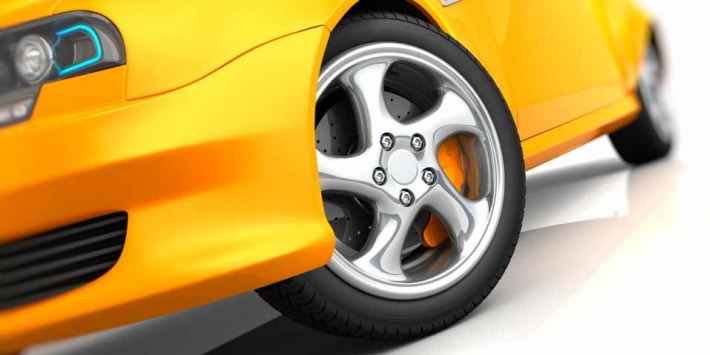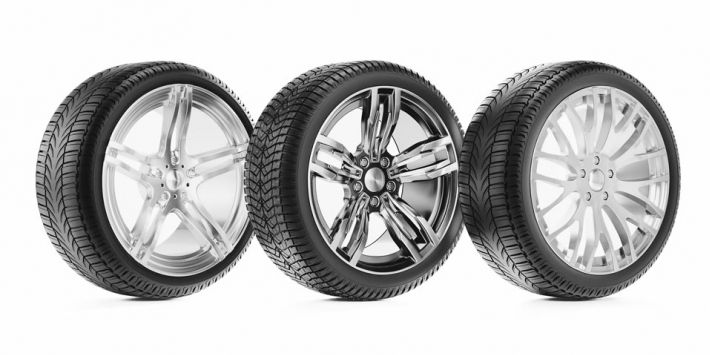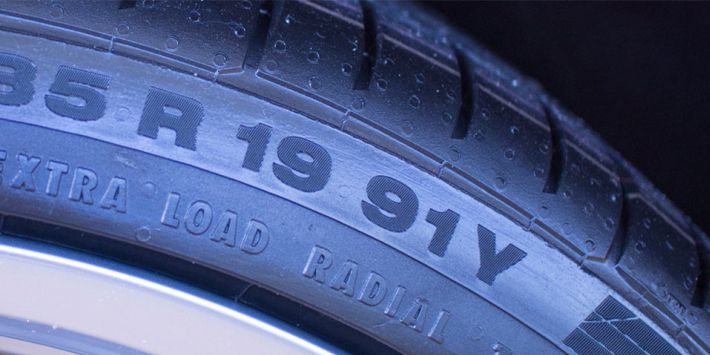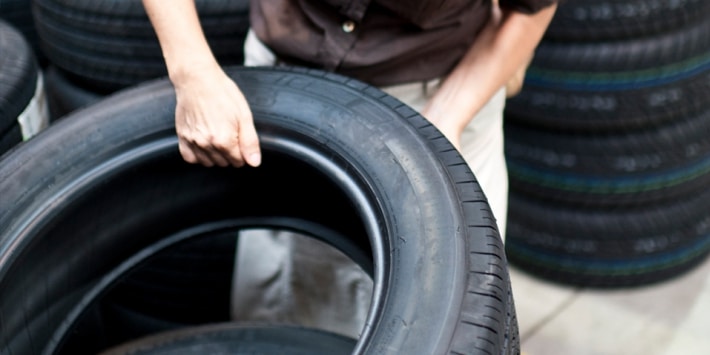Before buying a tyre, you may want check its quality, origin, date of manufacture and approval for use in the UK and abroad. So what are the different certifications and standards for tyres, and how can you be sure that a tyre is certified? The answers to these questions lie in the markings stamped on the tyre’s sidewall. Find out how to read them...
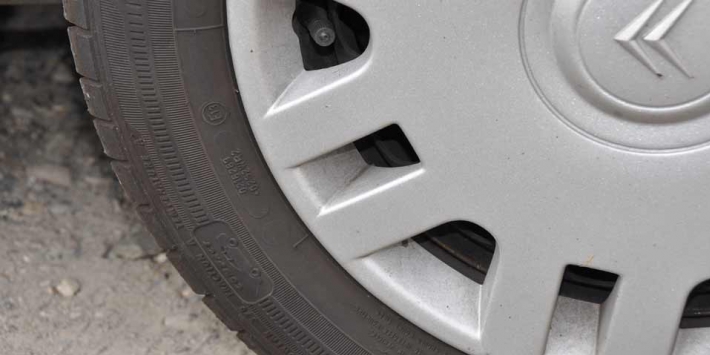
Tyre manufacture: what are the quality standards?
In the UK as elsewhere, the quality standards for manufacturing tyres are prescribed by law. Tyre manufacturers must comply with these standards in terms of safety, performance and environmental impact.
In Europe, the following criteria are regulated: sizes, markings, structure (radial or diagonal), speed rating and load index, high speed stability, external rolling noise, wet grip and rolling resistance. Some of these criteria have a direct impact on fuel consumption and CO2 emissions and can also be found on the tyre label.
rezulteo tip:
To legally drive in Europe, you must ensure your tyres carry the following 2 approval markings:
- Approval by type
Example: e11 0224420 corresponds to a tyre approved for use in the UK (e11) for light vehicles (02) under the approval number 24420
- Noise approval or approval for noise + wet grip + rolling resistance
Indication: -s or S1WR1
The ECE approval marking, a guarantee of compliance
Tyres approved to European standards are stamped with an ECE marking. This guarantees compliance with the safety and environmental standards contained in various European regulations. These markings take the following forms:
e2 0224420-s or E2 024567 S1WR1
The letter E followed by a number in a circle or a rectangle designates the country in which the tyre was approved (for example, E11 for the UK). The next 2 digits indicate the type of vehicle for which the tyre is intended (for example, 02 for light vehicles). The following 4 digits are the approval number.
The different approval markings per country:
| Code | Country |
|---|---|
| E1 | Germany |
| E2 | France |
| E3 | Italie |
| E4 | The Netherlands |
| E5 | Sweden |
| E6 | Belgium |
| E7 | Hungary |
| E8 | Czech Republic |
| E9 | Spain |
| E10 | Yugoslavia |
| E11 | Great Britain |
| E12 | Austria |
| E13 | Luxembourg |
| E14 | Switzerland |
| E16 | Norway |
| E17 | Finland |
| E18 | Denmark |
| E19 | Romania |
| E20 | Poland |
| E21 | Portugal |
| E22 | Russia |
| E23 | Greece |
| E24 | Ireland |
| E25 | Croatia |
| E26 | Slovenia |
| E27 | Slovakia |
| E28 | Belarus |
| E29 | Estonia |
| E31 | Bosnia and Herzegovina |
| E32 | Latvia |
| E34 | Bulgaria |
| E37 | Turkey |
| E40 | Macedonia |
| E43 | Japan |
| E45 | Australia |
| E46 | Ukraine |
| E47 | South Africa |
| E48 | New Zealand |
All tyres sold since 1 November 2014 must comply with European standards relating to rolling noise, wet grip and rolling resistance. These tyres have the code “S1WR1” at the end of their approval marking.
Before, tyres only had to comply with European regulations on noise, which was indicated by the letter “s” (sound) after the approval number.
The DOT code, indicates the tyre’s date of manufacture
The American Department of Transportation requires that different markings are stamped on the sidewall of tyres sold in the United States, including an identification code known as “DOT”.
Given the globalisation of the tyre industry, the DOT code is often found on tyres sold in Europe. This marking is useful because it tells you the tyre’s date of manufacture, meaning that you can be sure the tyre you’re buying hasn’t been stored for too long since it was manufactured.
This identification code starts with the 3 letters “DOT” followed by 10 to 12 characters. The first characters indicate where the tyre comes from (tyre manufacturer and manufacturing plant). But it’s the last 4 characters we’re most interested in: they give the week and year of production. For example, a DOT code ending with 3015 means that the tyre was produced during the 30th week of the year 2015.
Approval markings in other countries
Some countries outside Europe have decided to adopt existing European standards. Others have established their own certifications for tyres. Here are a few examples:
 |
Inmetro approval in Brazil (National Institute of Metrology, Standardisation and Industrial Quality) |
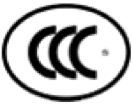 |
CCC Certification in China (China Compulsory Certification) |
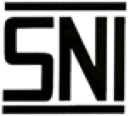 |
SNI approval in Indonesia (Indonesia National Standard) |
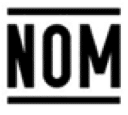 |
NOM standard in Mexico (Official Mexican Standard) |

